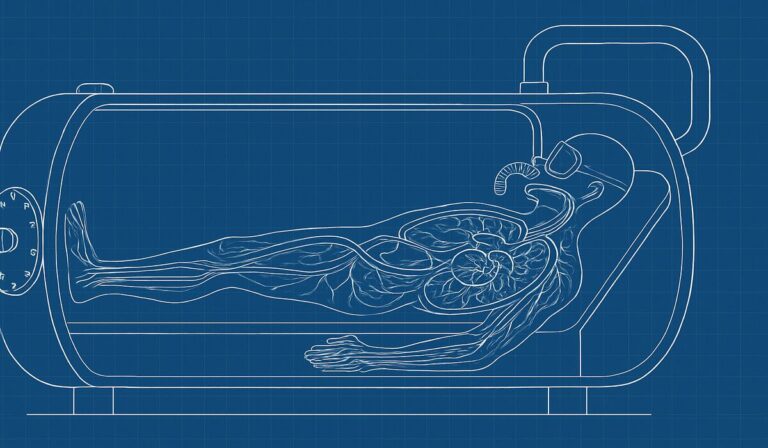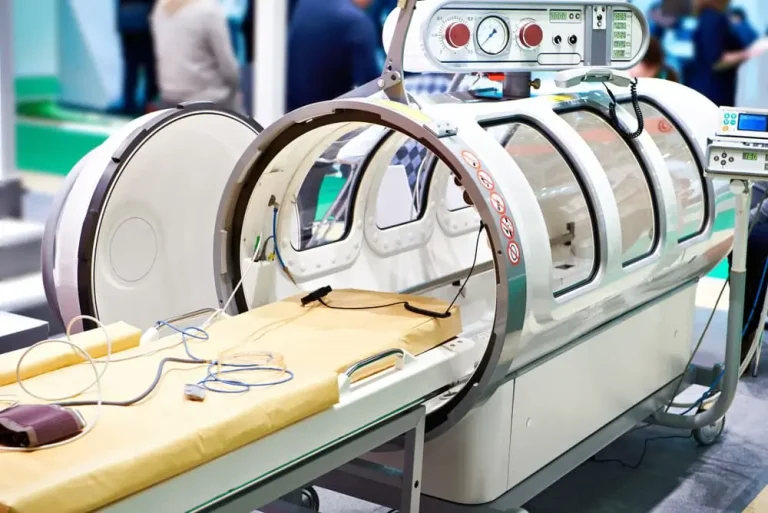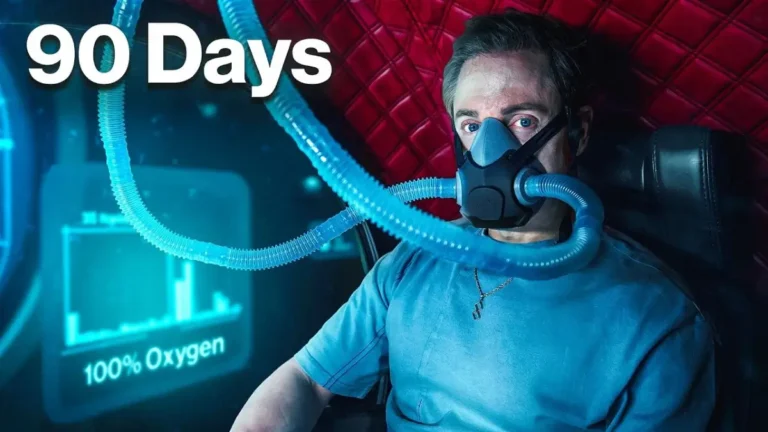QUICK FACTS
- Thomas Cooper, age 5, died on January 31, 2025, during HBOT treatment at The Oxford Center in Troy, Michigan [1].
- Investigators say static electricity inside the oxygen-rich chamber likely sparked the fire; experts called the accident preventable [2].
- Michigan lawmakers are now pushing for licensing and safety rules for HBOT clinics across the state [3].
On January 31, 2025, tragedy struck in Troy, Michigan. A hyperbaric oxygen chamber at The Oxford Center exploded during a morning treatment, killing five-year-old Thomas Cooper and injuring his mother, who had rushed to pull him out of the flames [1].
The boy had been receiving therapy for ADHD and sleep apnea – conditions not approved for hyperbaric oxygen therapy (HBOT) by the U.S. Food and Drug Administration [1].
The fire spread within seconds. Static discharge from a blanket or sheet brushing against the mattress inside the oxygen-rich chamber likely triggered the spark, according to hyperbaric safety expert François Burman [2].
“If proper grounding protocols had been followed, the fire would not have happened,” Burman testified [2].
Warnings That Went Ignored
The Oxford Center had already been flagged internally. Tiffany Hosey, a certified hyperbaric technologist who worked there before being fired, told investigators she repeatedly warned management about missing grounding straps.
These straps = a simple way to discharge static electricity from patients, reducing fire risk.
“I asked multiple times, ‘Why aren’t we strapping the patients?’” Hosey said [2].
The response from leadership?
Straps were a “choking hazard for some children” and unnecessary because of supposed in-house tests. Hosey wasn’t buying it: “This was preventable,” she testified [2].
She also described sloppy record-keeping, weak training, and safety checks that were rarely done. Daily, weekly, and monthly reviews – supposed to be routine – were skipped [2].
That begs the obvious question: if staff were sounding alarms, why wasn’t management listening?
A Regulatory Black Hole
The Oxford Center isn’t alone in running HBOT for conditions outside FDA approval. Across the country, clinics advertise oxygen chamber treatments for PTSD, autism, Alzheimer’s, and other conditions without formal approval or oversight [3].
That’s legal, since doctors can prescribe “off-label” uses, but it leaves a regulatory gray zone = less accountability when things go wrong.
Michigan doesn’t license or inspect all HBOT facilities [3]. Some operate like medical clinics, others like wellness spas. Unlike hospitals, they aren’t always required to meet standards such as ASME PVHO-1, a safety code for pressure vessels [3].
“Facilities are treating children and other vulnerable people. We need to make sure they’re safe,” said Rep. Felicia Brabec, a Democrat from Ann Arbor [3].
Republican Rep. Kathy Schmaltz echoed the sentiment: “If you’re using a medical-grade device to treat patients, there should be oversight. Period” [3].
Not everyone agrees on new rules though.
Critics say existing standards are fine, but clinics simply fail to follow them [3]. Which leads to the reader’s natural question: “So, is the problem bad actors or bad rules?”
The answer, at least in Michigan, is probably both.
Where Things Stand Now
The January fire wasn’t the only deadly HBOT incident in 2025. A woman in Arizona also died during treatment earlier this year [3].
Those two cases have accelerated Michigan lawmakers’ efforts to tighten regulation. A bill to license and inspect HBOT centers is expected before year’s end [3].
(Ed. note: Lawmakers aren’t moving in a vacuum – pressure is mounting from grieving families, medical watchdogs, and experts who’ve long warned that HBOT’s “wild west” reputation would eventually lead to disaster.)
At its core, this story isn’t just about one tragic fire. It’s about the risks of turning medical technology into an unregulated business. A boy’s death in Troy made those risks impossible to ignore.
References
- [1] AP News – “Boy, 5, killed in hyperbaric chamber fire at Michigan clinic; mom injured” – January 31, 2025
- [2] ClickOnDetroit – “Testimony says 5-year-old’s hyperbaric chamber death at Oxford Center was preventable” – September 18, 2025
- [3] Stateline / Yahoo News – “Deaths prompt state lawmakers to consider new hyperbaric oxygen therapy rules” – September 15, 2025
- [5] Hbot Research – “Hyperbaric Chamber Explosion Claims Life of 5-Year-Old Michigan Boy” – February 2, 2025






